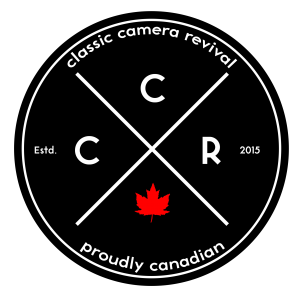If there is a single camera that you can point to in the history of photography that changed the way that professionals worked then the Nikon F would be that camera. While it did build on previous advancements (which we will get into), the Nikon F brought it all together like never before and began the idea of a camera system. That is a group of lenses and accessories that allowed a photographer to control and customise their camera to their tastes completely. On today’s episode, Bill and Alex Smith tackle this complex and revolutionary camera system.

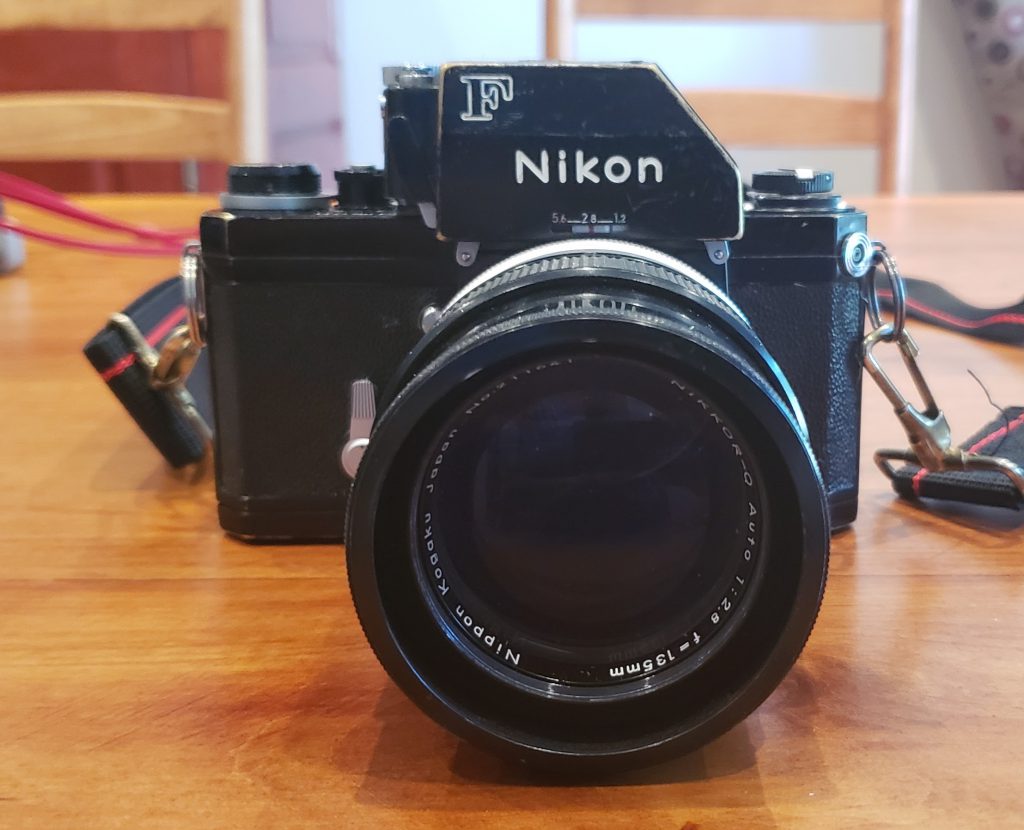
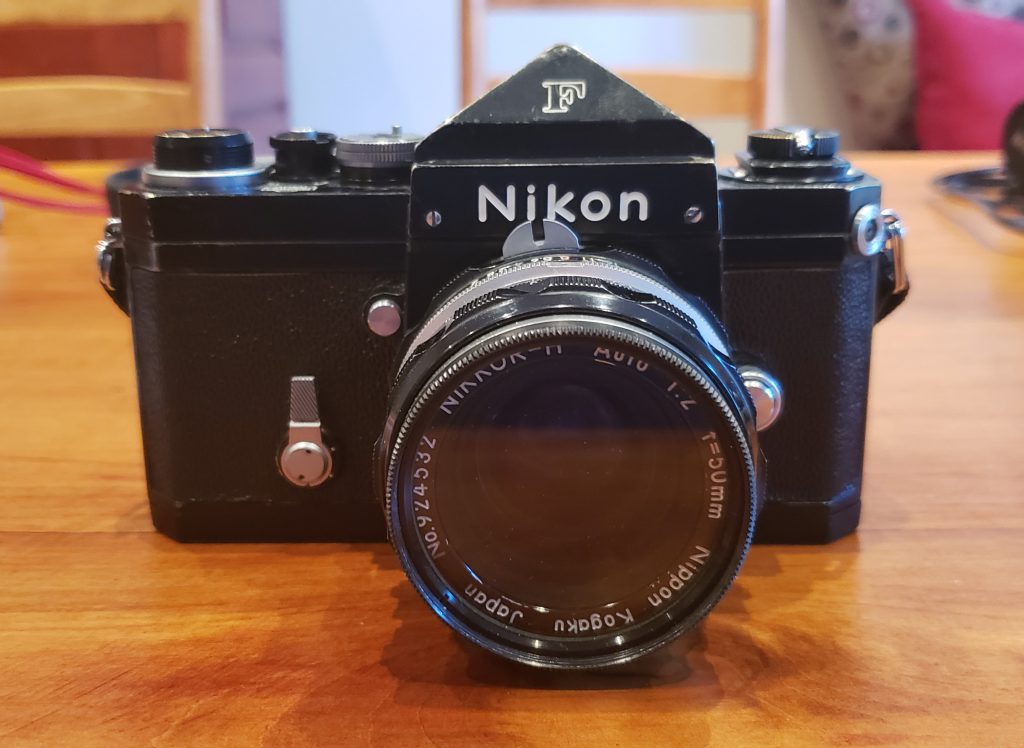
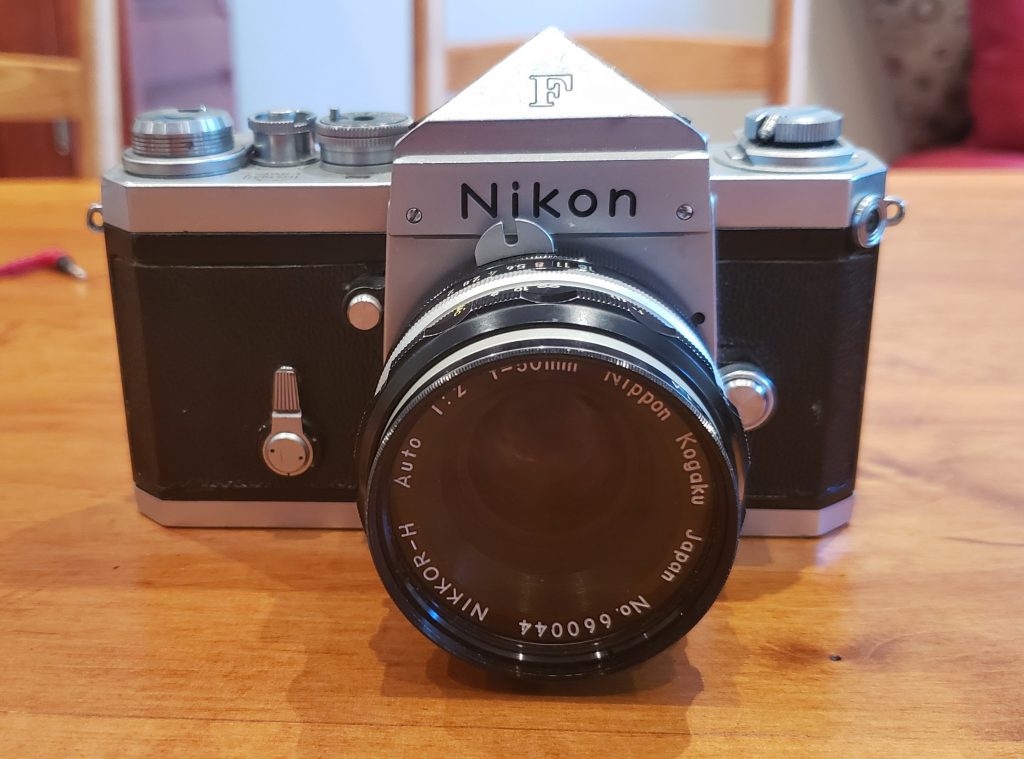
You have to understand one thing; the Nikon F did not just come to be, it is the culmination of a half-century worth of development in the photography field. Since it’s initial development 35mm film was always designed for use with motion picture cameras, in 1903 the Ambrosio camera changed that bringing 35mm into the world of still photography. But it wouldn’t be until 1925 when Oskar Barnack decided to produce a mass-produced camera, the Leica, that used 35mm in a compact form. Up until the release of the Kine Exacta in 1936 most lenses mounted using a screw mount, the Kine Exacta used a bayonet mount. The Contax S introduced a pentaprism viewfinder in 1949, and a year later the Exacta Verex added interchangeable viewfinders on a 35mm camera. The Asahiflex IIb in 1954 added instant mirror return, and in 1956 the Contax F allowed for automatic stop-down on the lens aperture. Each of these items would all be introduced into the Nikon F when it burst onto the market in 1959.



When Nikon went ahead to produce a single-lens-reflex camera they did not start from scratch. Before the F Nikon was better known for their rangefinder cameras and decided to take the chassis of their SP rangefinder removed the mount and shutter assembly and installed their mirror box, prism, and new bayonet mount, the F-Mount, which is why when you look at the F and the SP side by side you’ll see a lot of similarities. But the original F had no internal light meter, Nikon had produced an experimental version of their S-Series rangefinder, the SPX which had Thru-The-Lens (TTL) metering but never put it into full production. The invention of CdS cells led Nikon to produce their first metered head in 1962 called the Photomic F, it matched up perfectly with the Nikon F. TTL metering came in 1965 with the upgraded Photomic T, further updates in 1967 produced the PHotomic Tn and the final metered head for the F was the 1968 Photomic FTn.
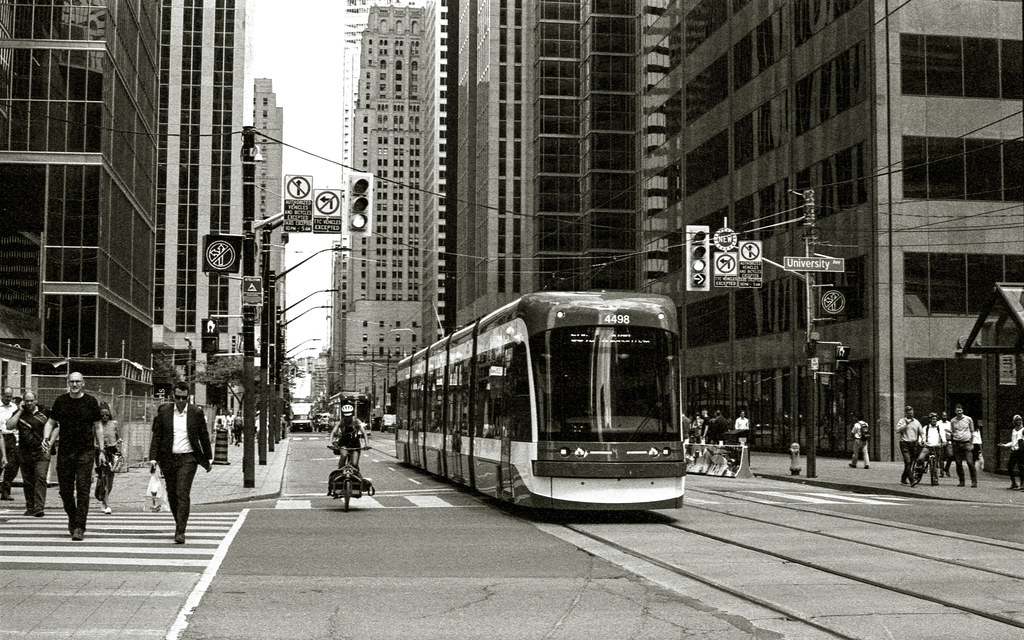
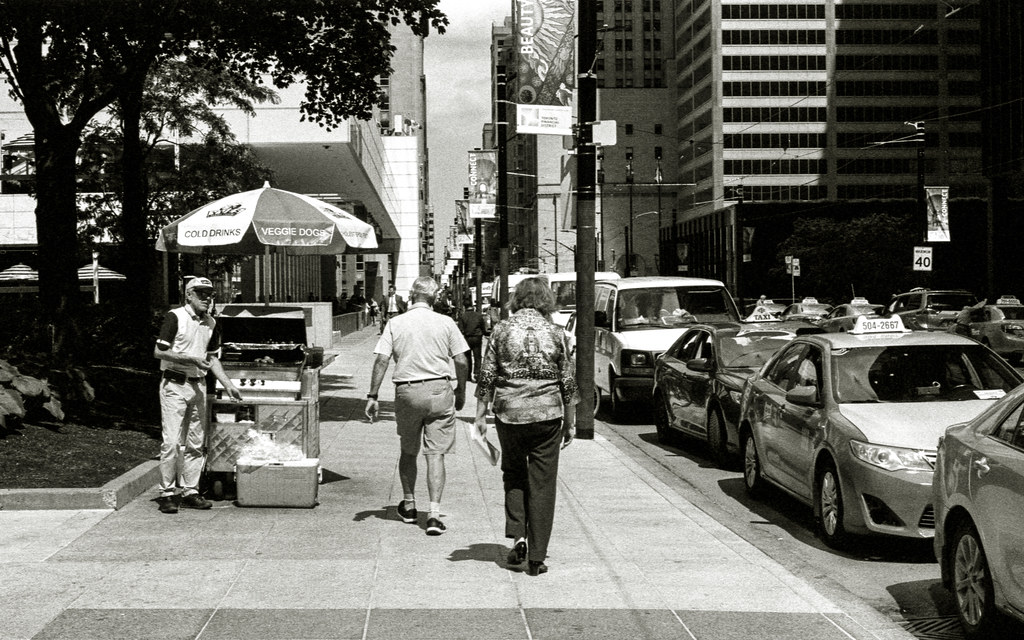
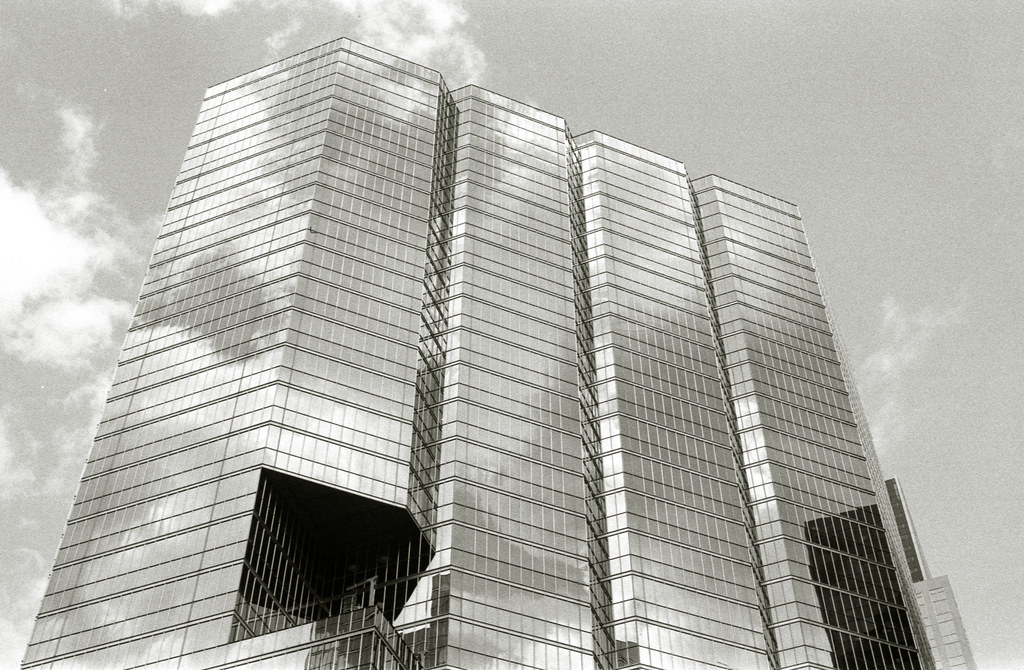
One of the biggest parts of the Nikon F was the lens mount, designated the Nikon F-Mount is a three-lug bayonet mount with a 44mm throat and a 46.5mm flange-to-focal plane distance. These new Nikon lenses were manufactured under the name Auto-Nikkor, these first lenses were all single-coated and allowed for autostop down to allow the photographer to focus the lens while it was open easily, and a mechanical lug triggered the stop down when the shutter was pressed. In the first metered finders, you would have to set the maximum aperture on the meter manually, and a prong (or claw) would provide a direct mechanical link between the lens and the meter. These early Auto-Nikkors often had a letter designator afterwards, these included T(3), Q(4), P(5), H(6), S(7), O(8), N(9), UD(11), QD(14), PD(15). They indicate the optical element construction of the lens if a C is included that means that the lens has multicoating. One thing to note is that the Auto-Nikkors (or rather Pre-AI/non-AI) is that they are fairly inexpensive on the used market today because they don’t work well on modern Nikon cameras, the Nikon F4 was the final Nikon camera to be able to Mount the Pre-AI lenses without any modifications. Nikon did maintain the claw on AI, and AI-S lenses introduced with the F2 to allow them to be backwards compatible but dropped the Claw with Series E and AF lenses. By 1962 the Nikon lens catalogue had lenses ranging from 21mm at the widest and 1000mm at the longest.
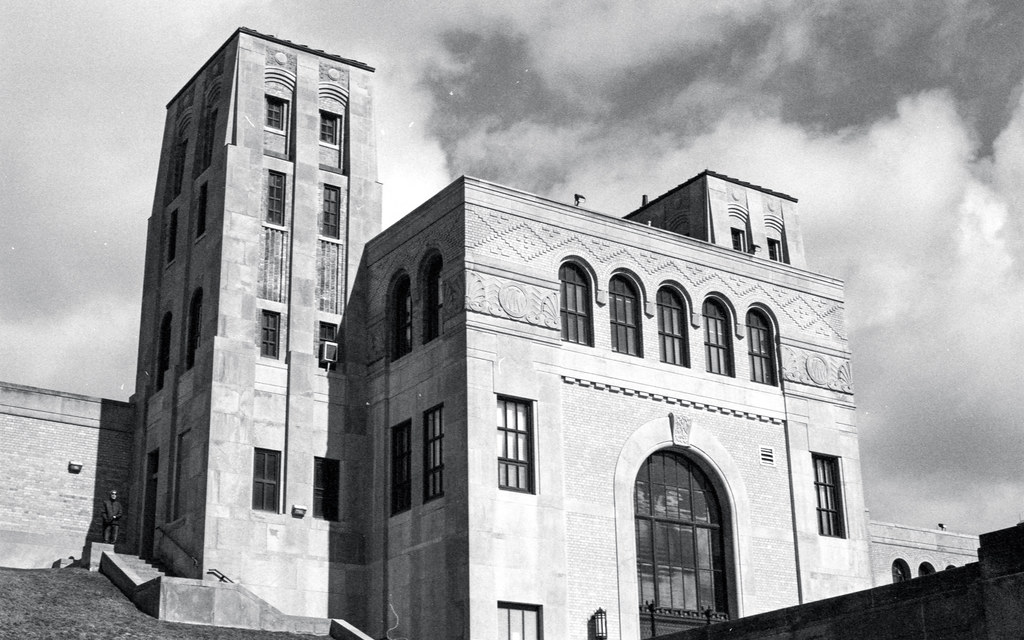
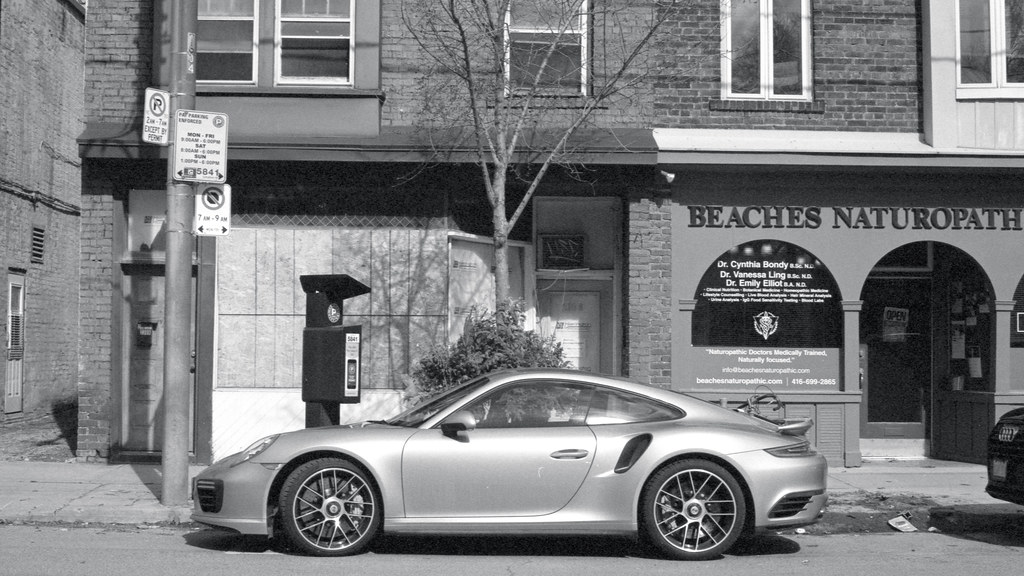
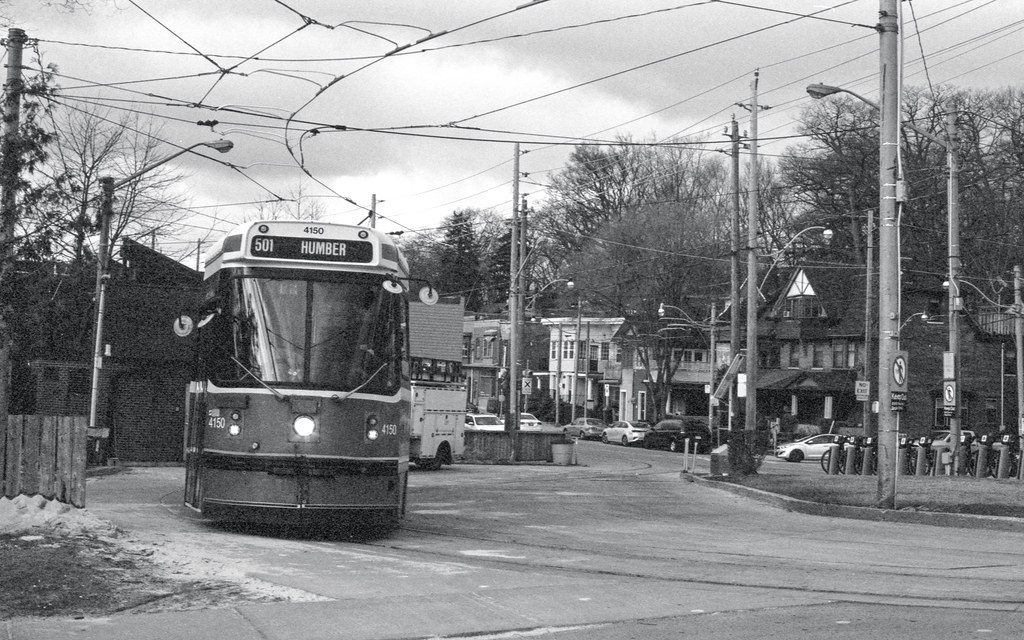
It is essential to know that the Nikon F was not just a camera in a single configuration, in fact, the photographer could customise their camera to operate exactly how they wanted and add or remove accessories to suit their tastes or situation. The viewfinder along with the focusing screens are fully interchangeable, that means that if you bought an original non-metered head, you could remove it and put a metered head on it no problem. Or you could even get a waist-level finder if that’s your jam. But that’s not all, with a fully-removable back you could mount a 250-shot drum magazine. Nikon also produced a couple of motor drives, the F36 for just the standard roll film, or the bigger F250 when working with the 250-Shot magazine. And the F had a proven track record in durability that it even saw modification by NASA to head up into space and also the moon aboard Apollo 15.



Today the Nikon F despite their age is a proven camera, while there are some items that are a little annoying in the sense of a fully removable back, and the lack of mercury cell batteries to drive the metered heads they make amazing cameras that just won’t die no matter what you throw them at or throw at them. They also are easily serviced, primarily through Camera Service Pro that will bring your old F up to like new, complete with replacing the old CdS cells with Silicon Blue and allow for a modern battery to be used, complete with adjusting the circuitry to compensate for the difference in voltage. Plus the F bodies and Auto-Nikkor lenses can be had for a song on the used market these days.
Specifications
Make: Nikon
Model: F
Type: Single Lens Reflex
Format: 35mm, 35x24mm
Dimensions: 146.1 x 101.6 x 95.3mm (with Tn or FTn finder)
Lens: Interchangeable, F-Mount
Shutter: Titanium Foil, Horizontal Travel
Speeds: 1″ to 1/1000″ and Bulb, X-Sync of 1/60″
Year of Manufacture: 1959-1973
Looking for a good spot to get your gear and material fix check out Burlington Camera (Burlington, ON), Downtown Camera (Toronto, ON), Film Plus (Toronto, ON), Belle Arte Camera (Hamilton, ON), Pond’s FotoSource (Guleph, ON), Foto Art Camera (Owen Sound, ON). Out West there’s The Camera Store (Calgary, AB) and Beau Photo Supply (Vancouver, BC). Additionally you can order online at Argentix (Quebec), buyfilm.ca (Ontario), the Film Photography Project or Freestyle Photographic. Looking for development options, check out these labs that have our support, Boréalis Photo Lab, Old School Photo Lab, The Darkroom, and Film Rescue International.
Also you can connect with us through email: classiccamerarevivial[at]gmail[dot]com or by Facebook, we’re at Classic Camera Revival, Twitter @ccamerarevival, and Instagram (@classiccamerarevival)!
